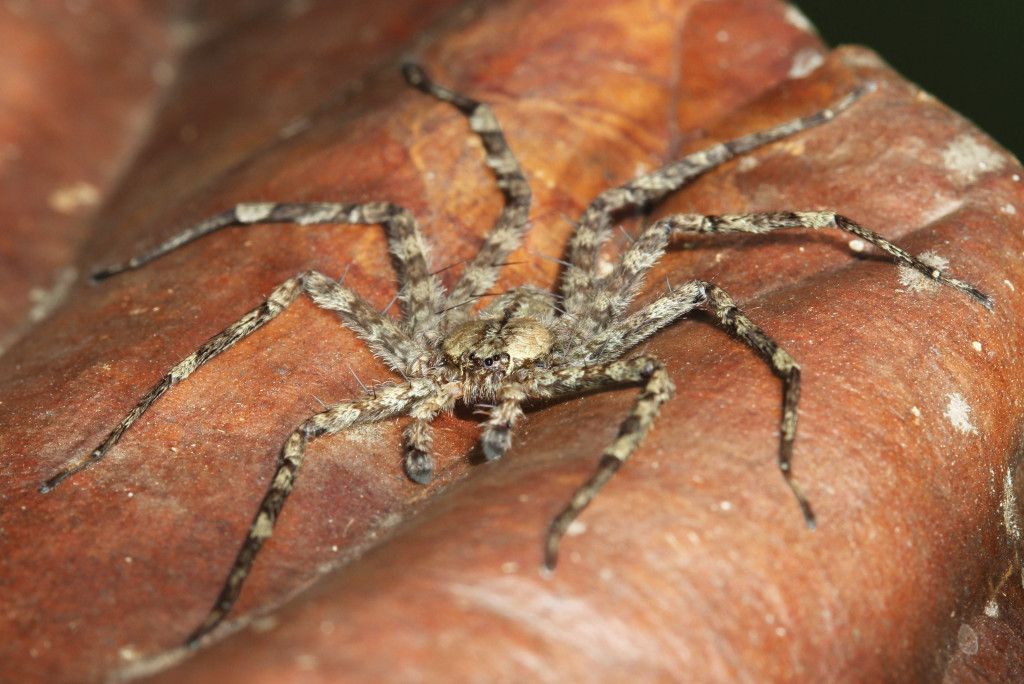
It’s neither bird, nor plane—it’s a spider as wide as a dollar coin, and it’s flying right at you. Researchers have found a genus of tree-dwelling arachnids in Panama and Peru that can glide and steer through the air when they fall.
Robert Dudley, a professor of integrative biology at UC Berkeley, and his colleagues discovered a decade ago that when certain wingless ants fell from treetops, the ants could not only glide, but also direct their path to land back on the tree trunk. Dudley, who defines flight as “controlled aerial behavior,” has studied flight in species ranging from rainforest ants to the hummingbirds hovering outside his office window. After the gliding ant discovery, “then of course we started throwing everything we could out of trees,” says Dudley. His team had hoped to see similar behavior in spiders, but had struggled to collect data on these reclusive creatures.
The group finally observed enough falls of the quick-scuttling, nocturnal spider from the genus Selenops to see a trend, and recently published their results in the Journal of the Royal Society Interface. These spiders, shaped like small, leggy pancakes, glide headfirst. Dudley explains that, like skydivers, they use their limbs to change direction. Although many arachnid species move through the air—using their silk as a bungee cord or balloon, for example—Selenops are the first known to exhibit directed gliding using their bodies and appendages. When asked about future arboreal rainforest studies, he replied, “We’ve kind of exhausted the range of things to throw out of trees.” Here’s to hoping he doesn’t turn to university buildings next.
This article is part of the Fall 2015 issue.



